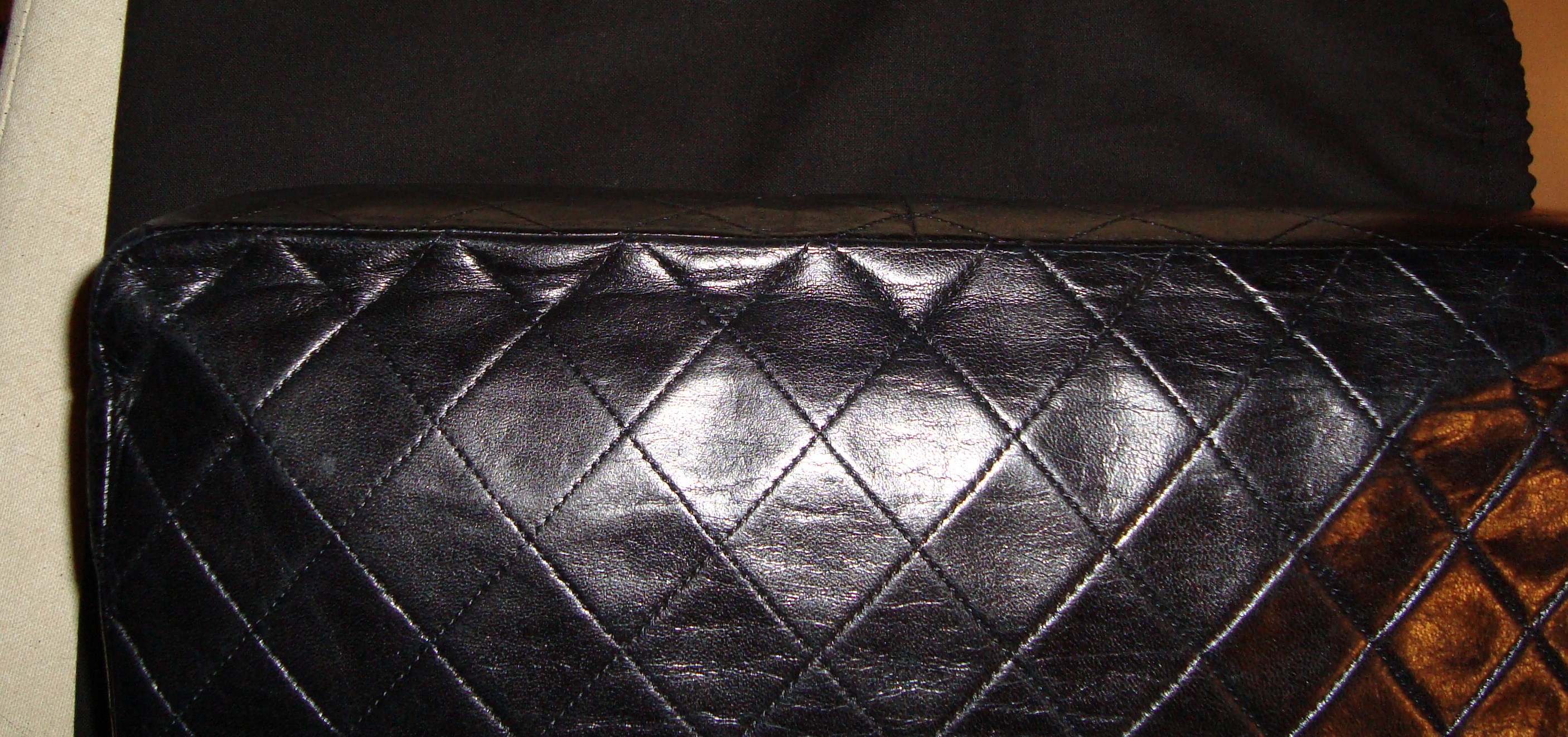>>>Is this really something I can do myself?
If you have check out this forum, you will see how some DIY have done it smilingly.
I have personally done Chanel bags have can share with you my experience whatever the situation of the condition.
>>>What will happen to the lining if I saturate the leather with product?
I suggest you show a picture of the lining.
If they are the typical maroon color lining, this are the pigmented opaque finish as oppose to the transparent black aniline finish.
Before you saturate any leather, you should check the pH value of the products and only product ranges from 3 to 5 are safe to do so.
A leather-safe product can saturate the leather up to 72 hours to rejuvenate the leather for each hydrating and fatliquoring treatment to achieve the best result.
>>>The lining has some flaking
It is very common to see flaking in used Chanel bag and most of these are the pigment that peels from flexing can compression.
Some of these linking are leather as well and benefit from leather rejuvenating from Hydrator-3.3 and Fatliquor-5.0.
Leather dried of its fat and oil weakens and thus the finishes peel from the weakness of the leather rather than if the leather is strong it is due to adhesion.
To solve both cases, besides replenishing the fat and oil for structure softness and strength, an adhesion promoter Adhesor-73 is applied prior to the color matching maroon and seal with a matte or satin luster topcoat to match.
>>>I have seen some of their "restorations" and don't trust them to do that part
Which part, the outer surface?
Can you share your experience, so I know my recommendation would not be disappointing?
Roger Koh
[email protected]





